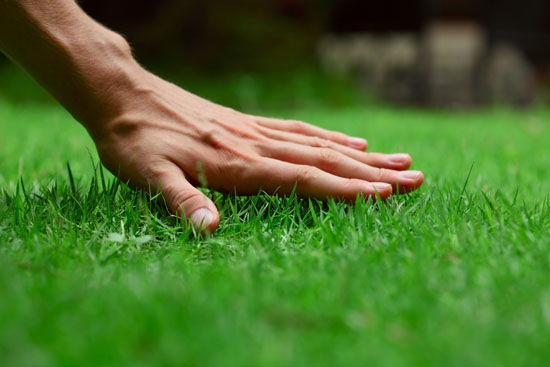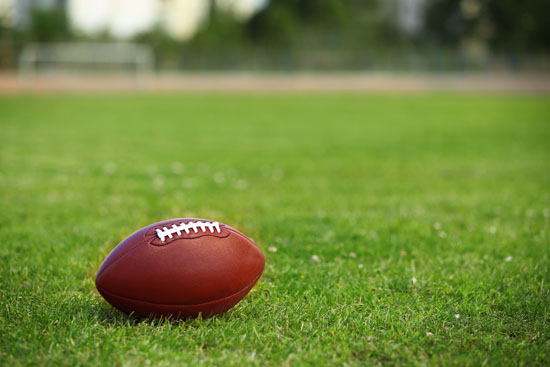FAQs
Q1: What are the advantages of opting for artificial grass? Artificial grass offers a range of merits, including minimal upkeep requirements, water conservation, year-round lush appearance, resilience, and the elimination of the need for pesticides and fertilizers. It delivers a consistent and visually appealing look, regardless of weather conditions.
Q2: What is the typical lifespan of artificial grass? The longevity of artificial grass hinges on factors such as product quality, installation quality, and usage. Generally, premium-grade artificial grass can endure for 15-20 years or even longer with proper care and maintenance.
Q3: Is artificial grass safe for pets and children? Absolutely. Artificial grass is designed to be safe for pets and children. It is free from toxic elements and doesn’t require the application of harmful chemicals or pesticides. Furthermore, it provides a clean and mud-free surface, reducing the risk of allergies and skin irritations.
Q4: How does one maintain artificial grass? Maintenance for artificial grass is minimal compared to natural grass. Routine tasks include brushing the fibers to maintain their upright position, clearing debris, and occasionally rinsing the surface to prevent odors. In areas with heavy foot traffic, occasional redistribution of infill may be necessary.
Q5: Can artificial grass be installed in various locations? Certainly. Artificial grass is versatile and can be installed in various settings, ranging from residential lawns and commercial spaces to sports fields and playgrounds. Its adaptability makes it suitable for both indoor and outdoor applications.
Q6: Does artificial grass become excessively hot in the sun? While artificial grass can warm up in direct sunlight, it generally doesn’t reach the high temperatures observed in surfaces like concrete or asphalt. Many contemporary artificial grass products incorporate UV-resistant materials to mitigate heat absorption.
Q7: Can I undertake the installation of artificial grass myself? While a DIY approach to artificial grass installation is feasible, it is advisable to seek professional installation for optimal outcomes. Professional installers ensure proper groundwork, seamless integration of seams, and overall durability. Improper DIY installations may void warranties.
Q8: Is artificial grass environmentally conscious? Artificial grass can be considered environmentally friendly due to its water-saving properties, reduced need for pesticides and fertilizers, and potential for recycling. However, the manufacturing process has its environmental impact, underscoring the importance of choosing high-quality, eco-friendly products.
Q9: Can artificial grass be recycled? Recycling options for artificial grass vary depending on local facilities. Some manufacturers offer recycling programs for old artificial grass, contributing to sustainability efforts. It is recommended to check with local recycling centers or contact the manufacturer for guidance on proper disposal and recycling procedures.

